Annual Vs. Perennial Snapdragon Plants: How Long Do Snapdragons Live


Whether trailing out of hanging baskets or urns, lowly bordering a flower garden, or growing in masses of tall spires, snapdragons can add pops of long-lasting color in any garden. Snapdragons are specifically a common addition to cottage gardens. With folk names like lion’s mouth or calf’s snout, snapdragons are also a favorite in children’s gardens, because snapping the dragon's mouth open and closed by squeezing the sides of the flowers is a fond childhood memory that has been passed down throughout generations. Snapdragons are also very easy to grow from seed and produce full size plants loaded with blooms in just one season.
Are Snapdragons Annuals or Perennials?
The most common question about snapdragons is: are snapdragons annual or perennial? The answer is that they can be both. Some varieties of snapdragons are true annuals, meaning they grow, flower, set seed, and die all within one growing season. Other varieties of snapdragons are considered to be short-lived perennials, hardy in zones 7 to 11, which are usually grown as annuals. A few varieties of snapdragons are even known to withstand winter temperatures in zones 5 and 6. In many areas, snapdragon seeds will survive low winter temperatures, and new plants will grow from these seeds in spring, making the plant seem as if it came back like a perennial. Annual and perennial snapdragons do not have many differences. Either may grow from 6 to 36 inches (15-91 cm.) tall, both bloom for long periods, both come in varieties with classic snapdragon flowers or azalea-like blooms, and both grow easily from seed unless they are hybrids. Due to their short-lived nature, perennial snapdragons tend to be grown as annuals and are replanted every year. Nurseries may make the matter even more confusing by labeling snapdragons as “half hardy annuals” or “tender perennials.” How long do snapdragons live as a perennial? This all depends on the variety and location, but generally short-lived perennials live about an average of three years.
Annual vs. Perennial Snapdragon Planting
Many gardeners find that it is more reliable to plant snapdragons annually. This way they know they will have long blooming snapdragons each year; if perennial varieties come back or last year’s seeds sprout, it’s just more blooms to enjoy. Snapdragons are considered cool season plants. While cold temperatures cause die-back, extreme heat can also kill them. In northern climates, snapdragon seeds or plants are planted in spring after the danger of frost has passed. In southern climates, zone 9 or above, snapdragons are oftentimes planted in autumn to provide colorful blooms throughout the winter. Perennial snapdragons generally do best in zones 7 to 9.
- Spanish snapdragons are known to be hardy in zones 5-8.
- The short-lived perennial variety Eternal, hardy in zones 7-10, has colorful, long blooming flowers and green and white variegated foliage.
- The Snap Daddy and Autumn Dragons series are also well-known perennial varieties of snapdragon.
For reliable, long blooming annual snapdragons, try the Rocket, Sonnet, or Liberty series. Other common annual snapdragons include Plum Blossom, Candy Showers, and the Solstice Mix. Hybrids like Bright Butterflies or Madame Butterfly are annuals with azalea-like blooms.
Gardening tips, videos, info and more delivered right to your inbox!
Sign up for the Gardening Know How newsletter today and receive a free copy of our e-book "How to Grow Delicious Tomatoes".
-
 Which Invasive Shrubs Should You Avoid Growing? Plus, Best Natives To Plant Instead
Which Invasive Shrubs Should You Avoid Growing? Plus, Best Natives To Plant InsteadCertain plants may look lovely but they can wreak havoc to local areas and native wildlife. Here are the key invasive shrubs to avoid – with recommendations on gorgeous native alternatives to try
-
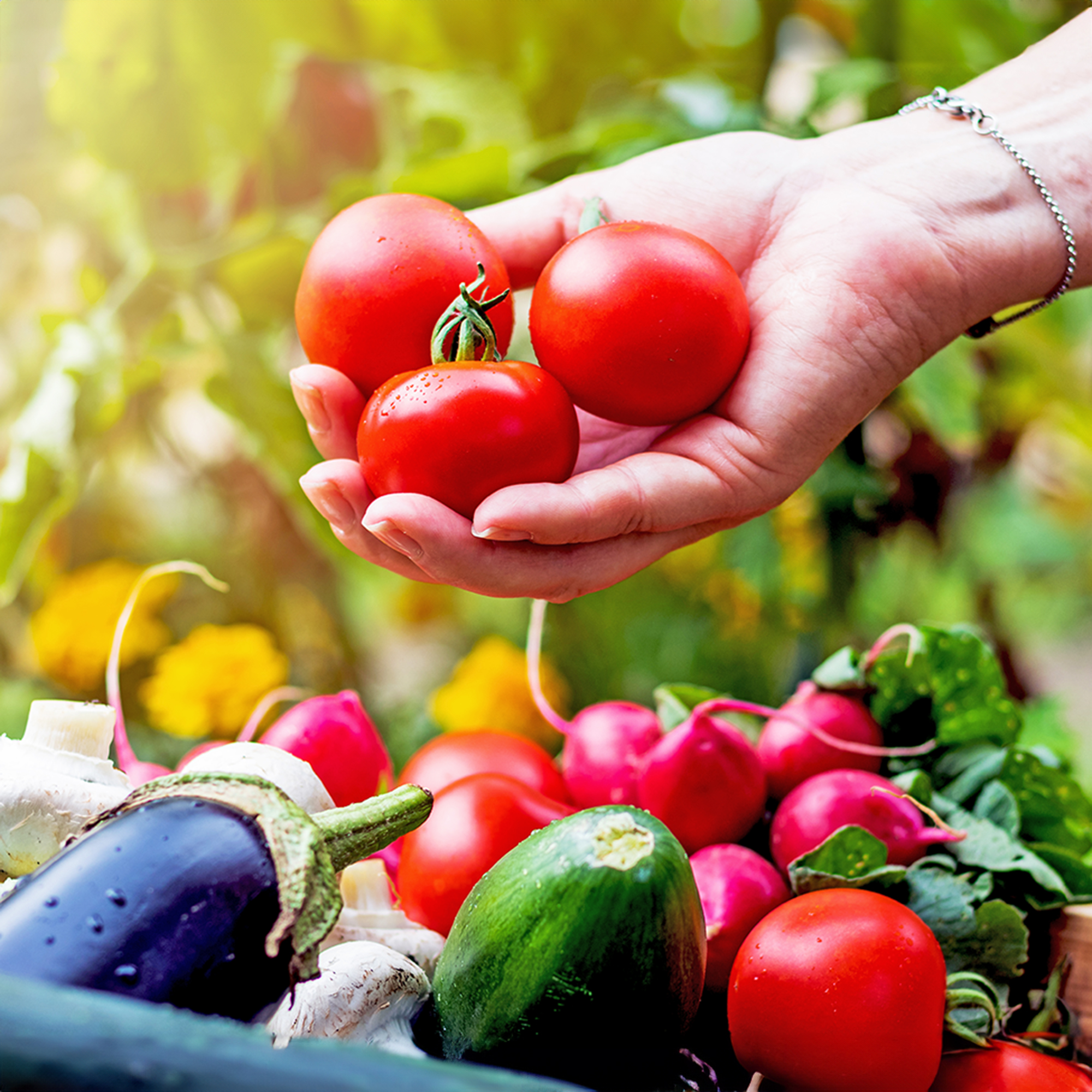 What Not To Plant With Tomatoes: 8 Bad Neighbors That Could Ruin Your Harvest
What Not To Plant With Tomatoes: 8 Bad Neighbors That Could Ruin Your HarvestNot all companion plants are beneficial – some can sabotage your tomatoes. Find out which ones to keep at a safe distance in the garden.
-
 When And How To Harvest Snapdragon Seeds For Years Of Blooms
When And How To Harvest Snapdragon Seeds For Years Of BloomsLearn how to harvest snapdragon seeds to replenish those frilly, familiar garden flowers for everything from weddings to beautiful bouquets on your table.
-
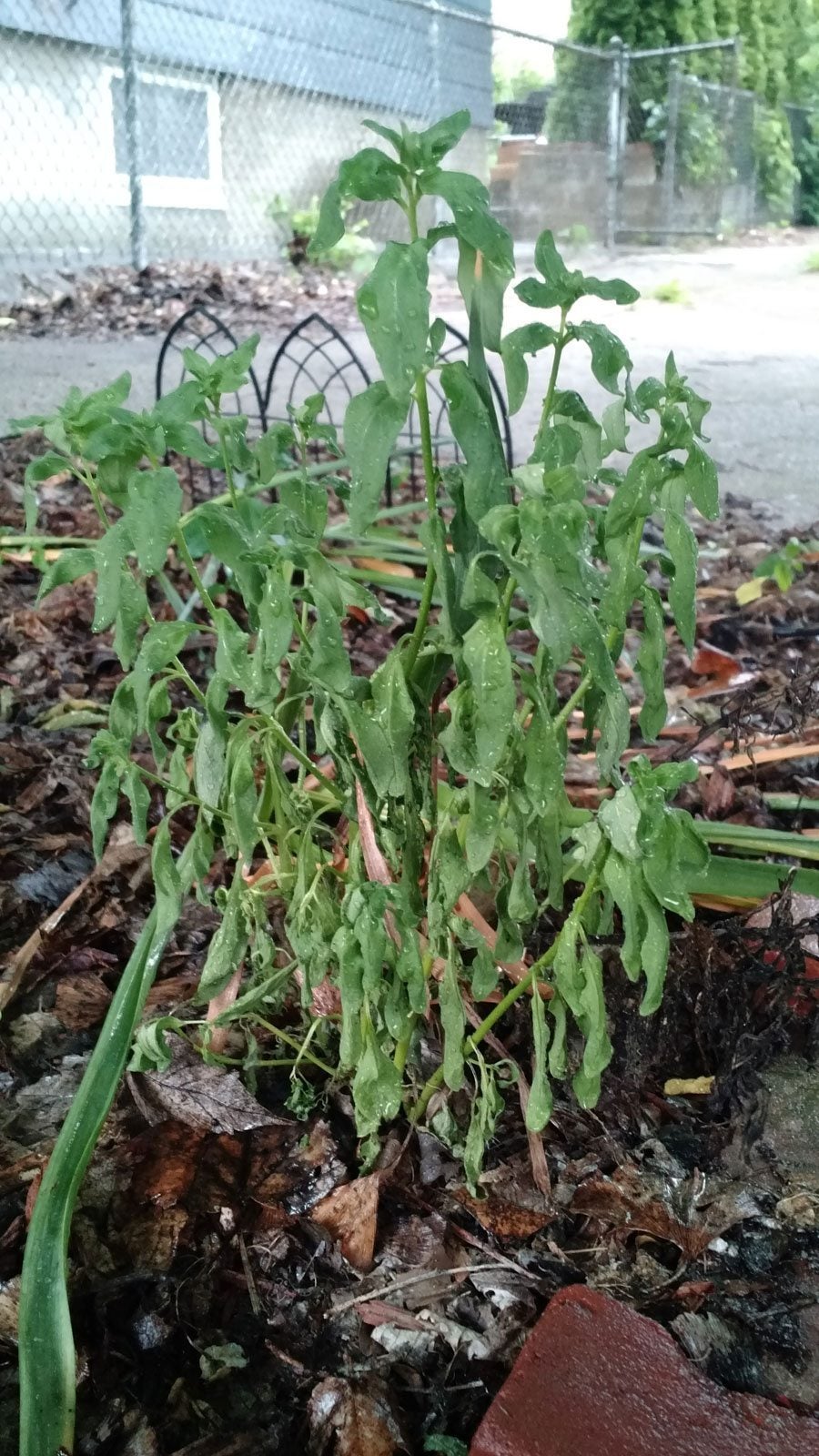 Why Do Snapdragons Wilt: Learn What Causes Wilting Snapdragons
Why Do Snapdragons Wilt: Learn What Causes Wilting SnapdragonsWhat can you do when your beautiful snapdragons start to hang their heads in despair? Start by reading this article, then get to work in the garden! Click here for information on why snapdragons plants wilt so you can begin fixing the problem.
-
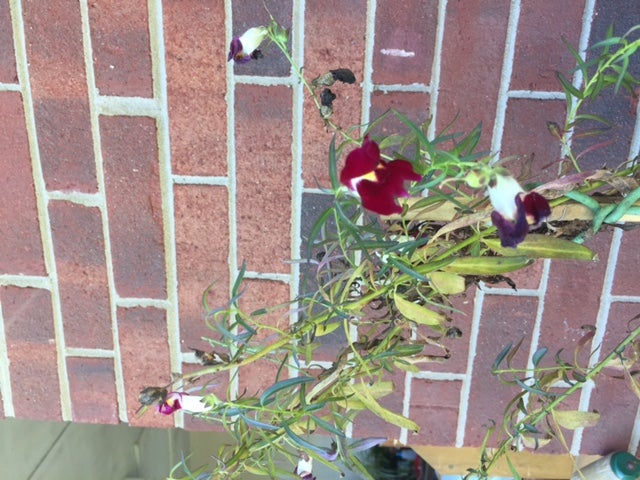 Fixing Issues With Snapdragons – How To Deal With Snapdragon Problems
Fixing Issues With Snapdragons – How To Deal With Snapdragon ProblemsSnapdragons are fanciful plants that delight and inspire wonder in people of all ages, but they can also suffer from a number of problems. As a snapdragon keeper, it's your duty to learn more about the problems your plants can suffer, so click here to begin your journey.
-
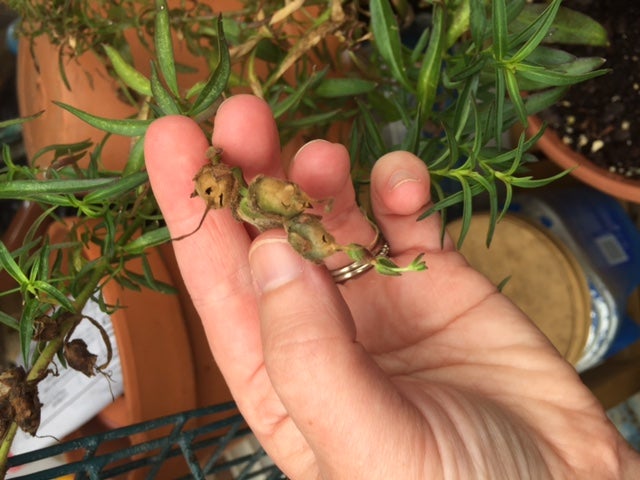 Propagating Snapdragons – Learn How To Propagate A Snapdragon Plant
Propagating Snapdragons – Learn How To Propagate A Snapdragon PlantSnapdragons are beautiful tender perennial plants that put up spikes of colorful flowers in all sorts of colors. But how do you grow more snapdragons? Click this article to learn more about snapdragon propagation methods and how to propagate a snapdragon plant.
-
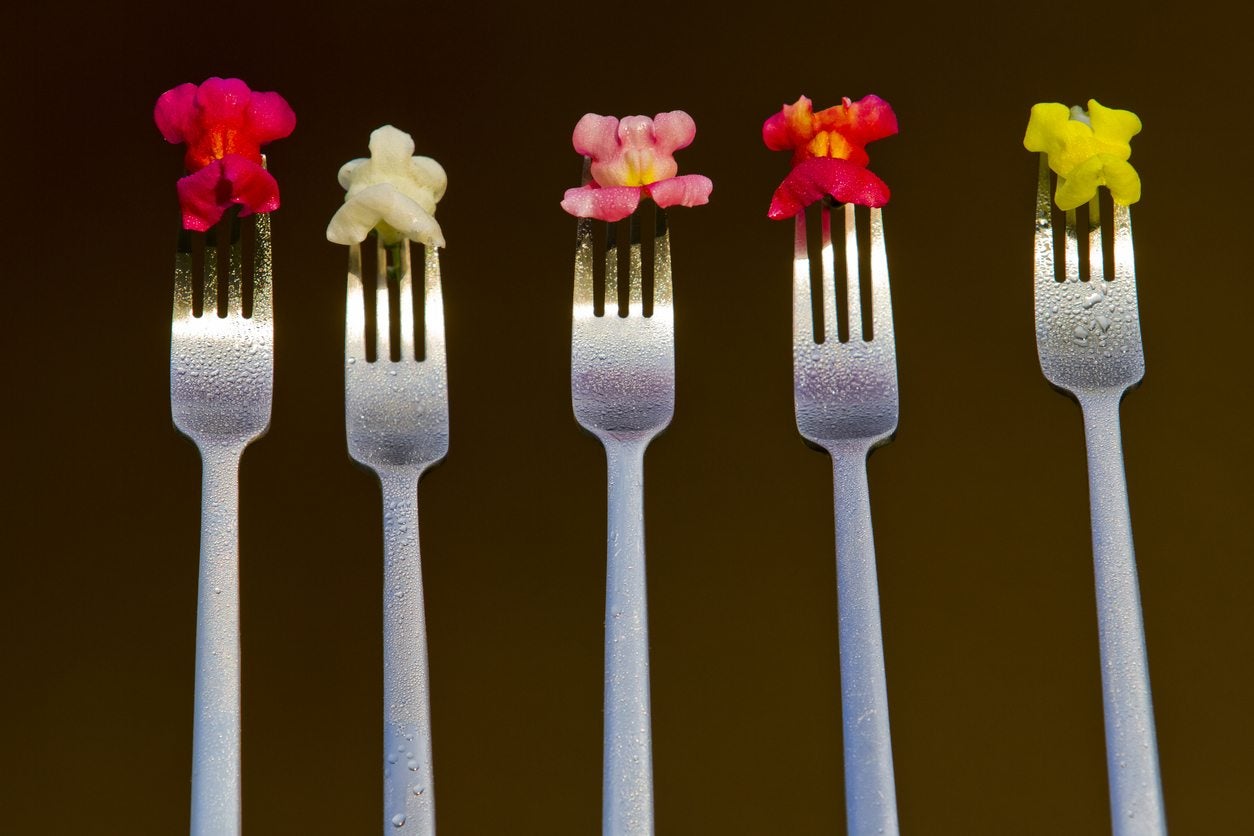 Are Snapdragons Edible – Information About Snapdragon Edibility And Uses
Are Snapdragons Edible – Information About Snapdragon Edibility And UsesEdible flowers are not a new trend. You are probably aware of some of the more common edible flowers, but how about snapdragon edibility? It's one of the more common garden flowers, but can you eat snapdragons? Find out in this article.
-
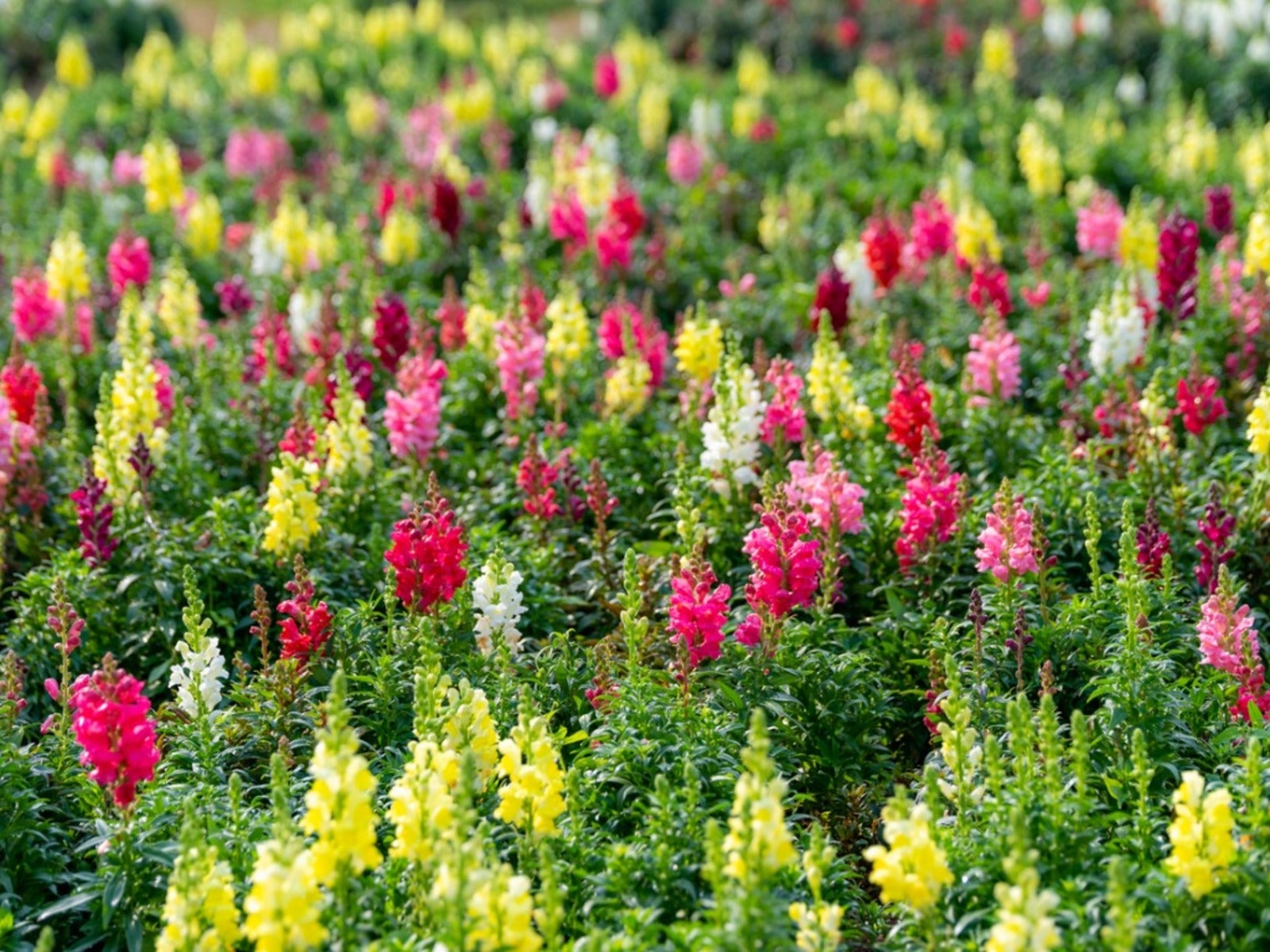 Snapdragon Variations: Growing Different Kinds Of Snapdragons
Snapdragon Variations: Growing Different Kinds Of SnapdragonsSnapdragons are beautiful and fascinating flowers. But which kind should you plant? Click to learn about snapdragon varieties.
-
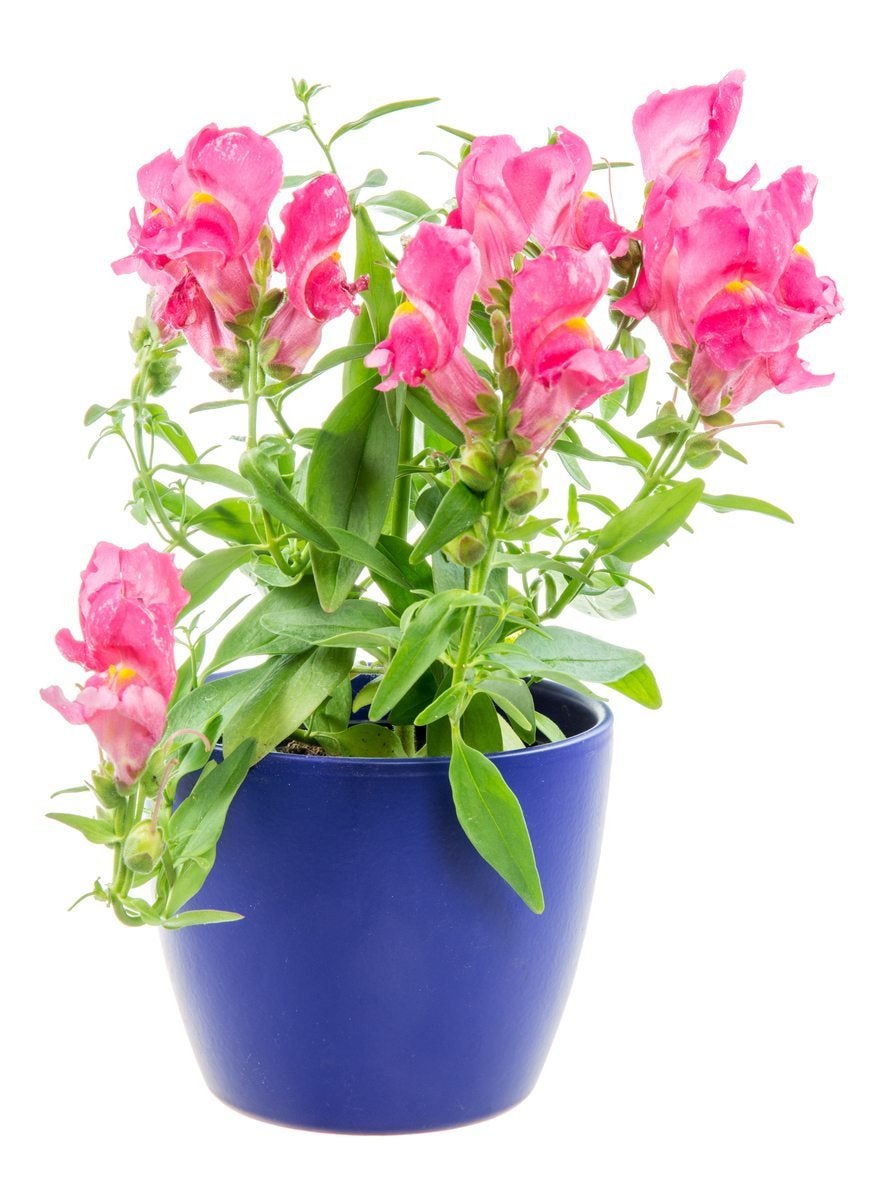 Growing Snapdragons In Pots – Tips For Snapdragon Container Care
Growing Snapdragons In Pots – Tips For Snapdragon Container CareSnapdragons are perennials, often grown as annuals, and produce a pretty and brightly-colored spike of flowers. While often used in beds, container grown snapdragons are another great garden, patio, and even indoor option. Learn more in this article.
-
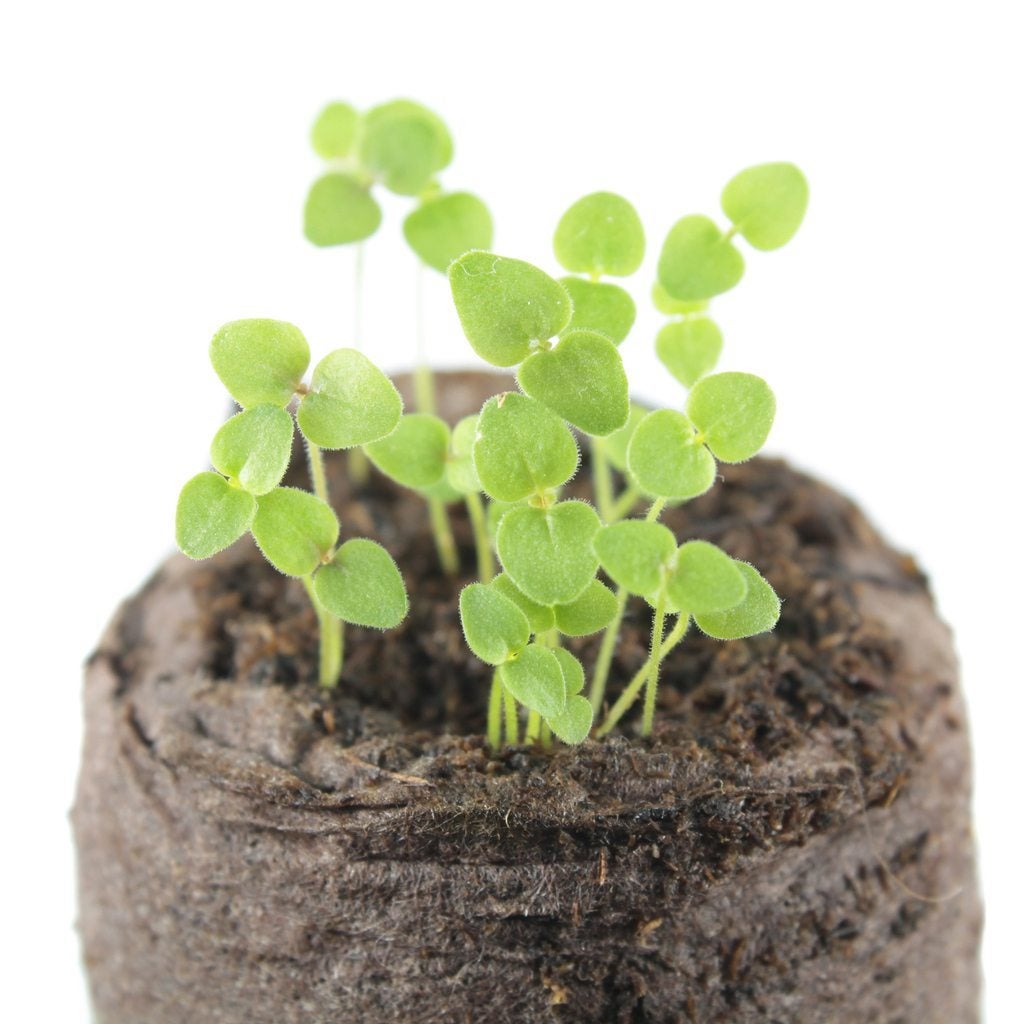 Seed Grown Snapdragons – How To Grow Snapdragons From Seed
Seed Grown Snapdragons – How To Grow Snapdragons From SeedOnce established, snapdragons are remarkably self-sufficient, but planting snapdragon seeds can be tricky. Want to try your hand at seed-grown snapdragons? Click on the following article to learn the basics of snapdragon seed propagation.